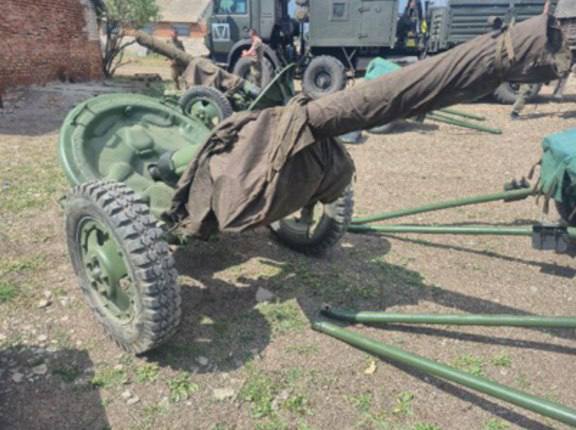Reports have appeared on social media that russia has begun to reinforce its troops with 140-mm mortars received from North Korea. Images of one such mortar and a list of specifications, reportedly from the russian Ministry of Defense, are provided.
At first glance, it may seem that russia has started receiving large-caliber mortars from one of its partners. However, a closer look reveals that the story is actually quite unusual.
According to publicly available data, neither North Korea nor China or Iran have 140 mm mortars in their arsenal. That makes it unclear where russia could have obtained these weapons, if they are indeed not in circulation.
In terms of mortar calibers, russia uses 120 mm, and North Korea uses 160 mm. Against this backdrop, we could assume that if russians did start receiving mortars from North Korea, they are likely 160 mm ones.
According to The Military Balance 2024, at the beginning of last year, russian troops had only 150 M-160 mortars in storage (manufactured since 1949, weighing 1,300 kilograms in combat position and with a firing range of up to 8,040 meters). Given the number of only 150 160-mm mortars in storage it is logical to assume that North Korea may have begun supplying this type of artillery to russians.

It is important to note that the 140-mm mortars russian troops have begun to receive have a combat weight of 230 kilograms. This figure is comparable to that of the 120-mm 2B11 mortar, which has a combat weight of 210 kilograms. Against this backdrop, the idea that russians may have received 160-mm mortars from North Korea no longer seems convincing.
Therefore, identifying these mortars appears to be quite difficult. This, in turn, makes it impossible to assess the scale of such weapon deliveries to russian troops.
Earlier War News Hub reported that North Korean Koksan self-propelled gun had been spotted in russian positions near Kreminna.

